Video Production Tips
Before you start working on your video, there are several things to think about when it comes time to shoot and edit your project.
Basic Video Shooting
Vertical vs. Horizontal
Avoid shooting video while holding your phone or mobile device vertically. Once imported into an editing program it will have black bars down the sides and cannot be fixed through cropping.

“Oh, that obelisk is tall and skinny so I’ll shoot like this!” (Wrong.)

Hint: This is right.
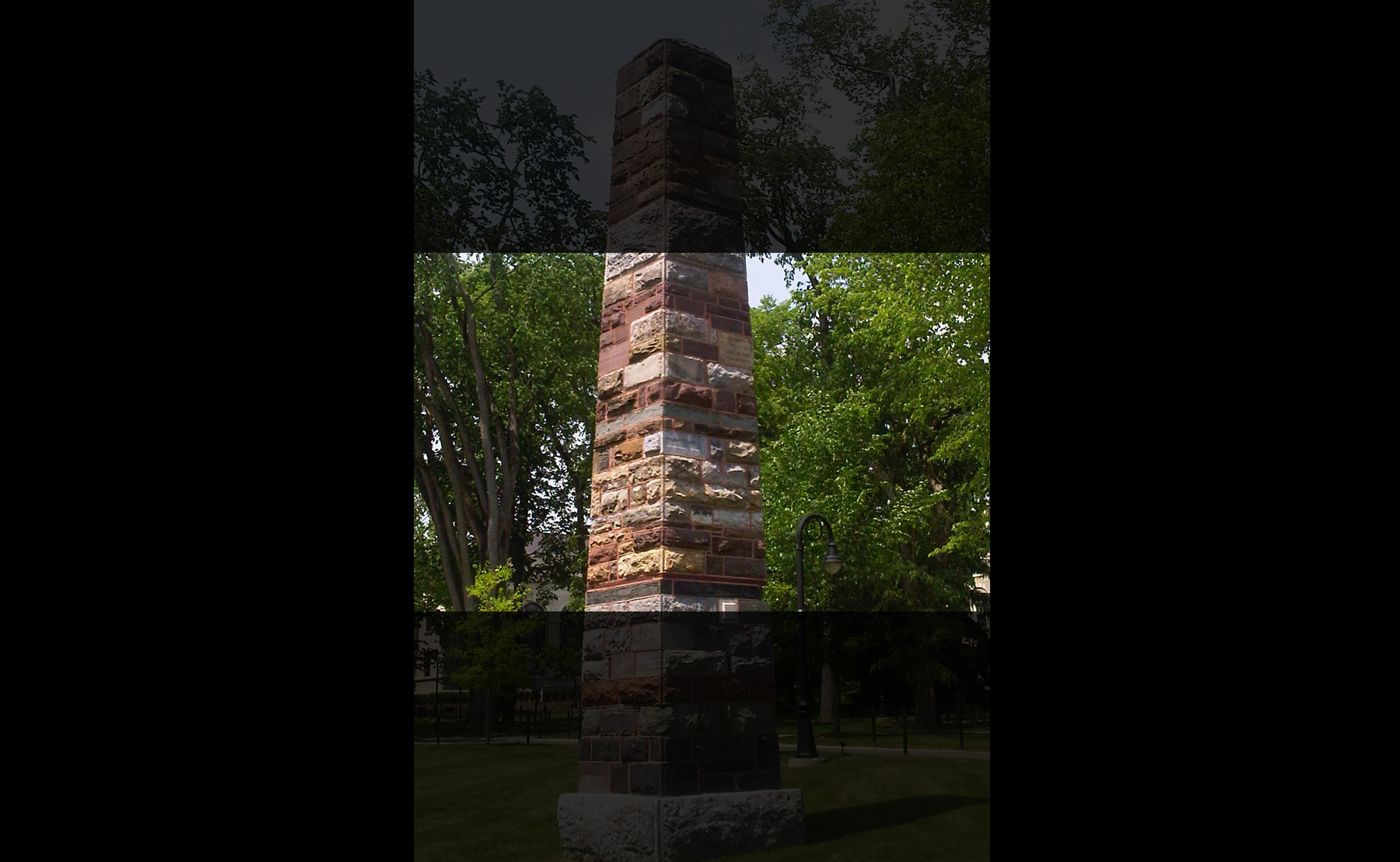
“I’ll just crop this clip and it’ll look amazing!” (Also wrong.)
Audio Quality
Be aware of background noise that will end up in your recording. Background noise you do not want can not be fixed during the editing process. Audio quality is far more important than most would think since without good audio it will be difficult to understand your video. Additionally, when editing, adjust audio levels throughout so the volume is consistent.
I didn’t know this interview was taking place in a wind tunnel.
Turning off or avoiding background noise makes her much easier to understand.
Tripod
Whenever possible video always looks better it’s stable; your hand isn’t as steady as you think.
Earthquake!?!
No…we just forgot the tripod.
Composition
Rule of Thirds
The “Rule of Thirds” is the basic composition principle to follow for well balanced and interesting shots. The concept of the Rule of Thirds is to imagine breaking an image down into thirds horizontally and vertically. You will then want to frame your shot so that your elements are along the lines and preferably at one of the four points where the lines intersect to make your shot more interesting.
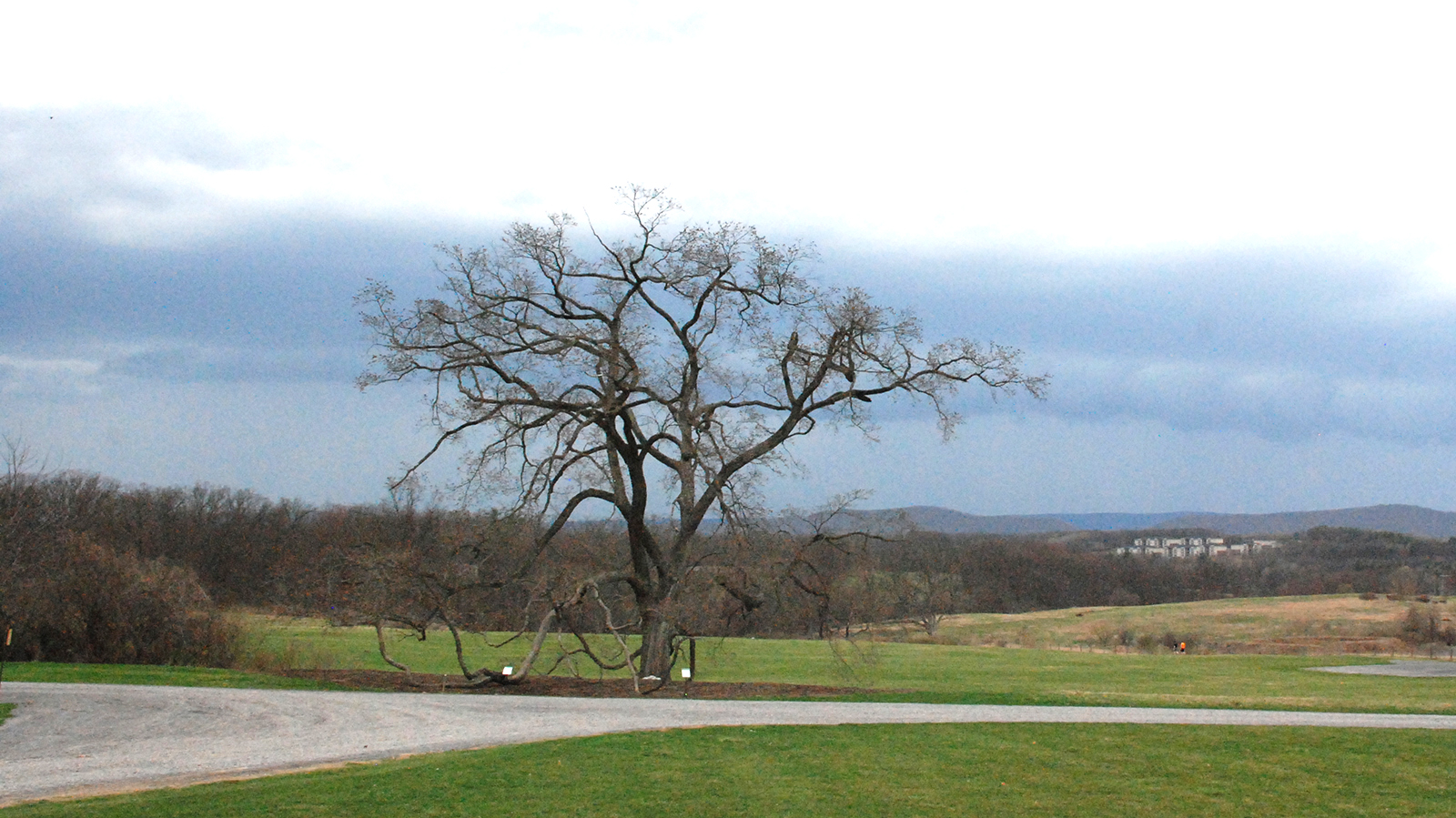
“What a cool-looking tree.”
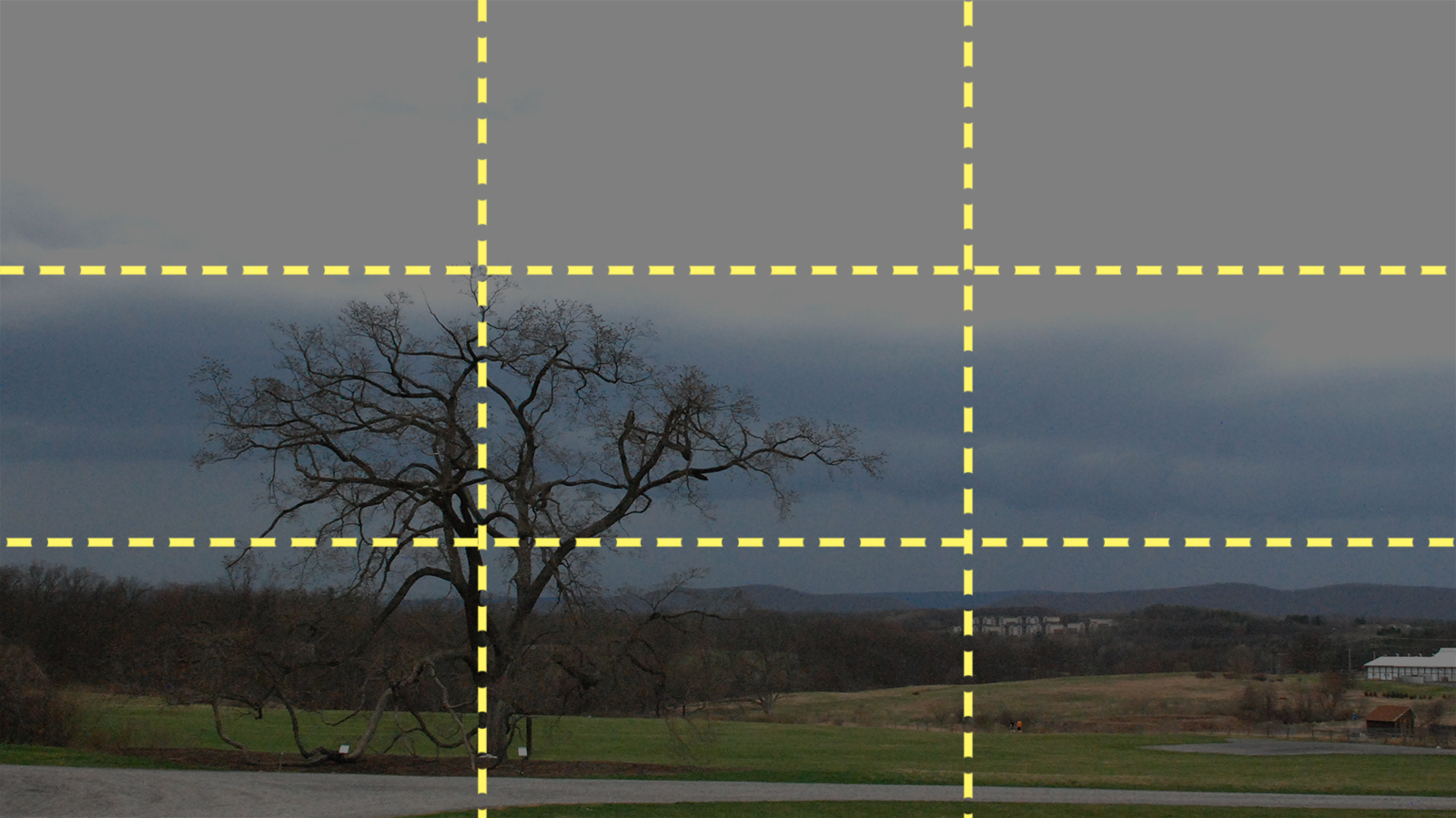
If only there were a system for figuring out its placement…
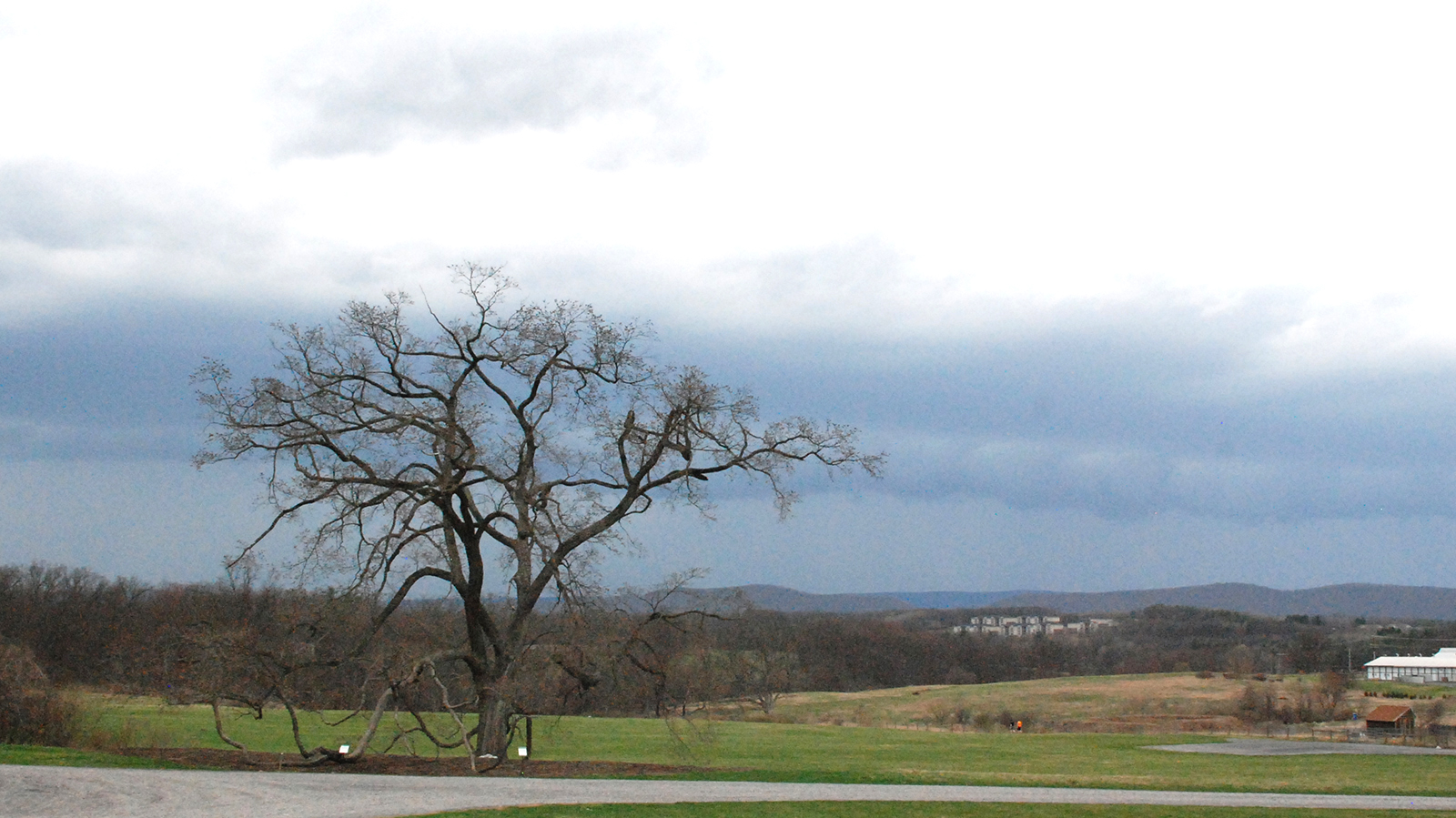
“Now it’s even more cool-looking!”
Lead Room
For balance within your frames when shooting people and objects that are not facing the camera, you will want to leave space in front of them.
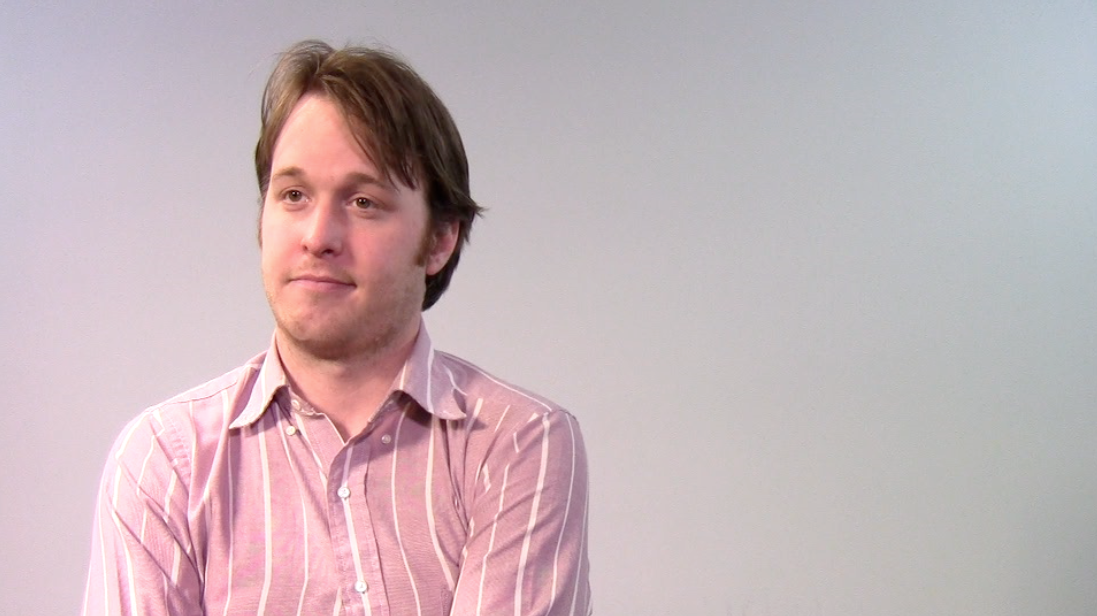
It’s like he’s sneaking off camera.
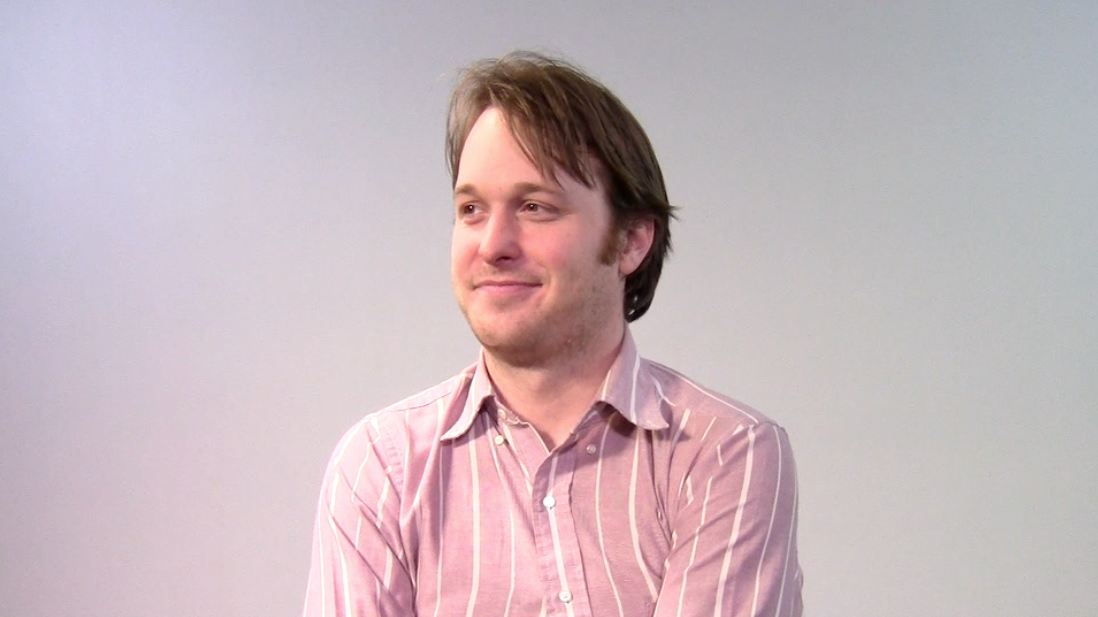
Getting warmer…
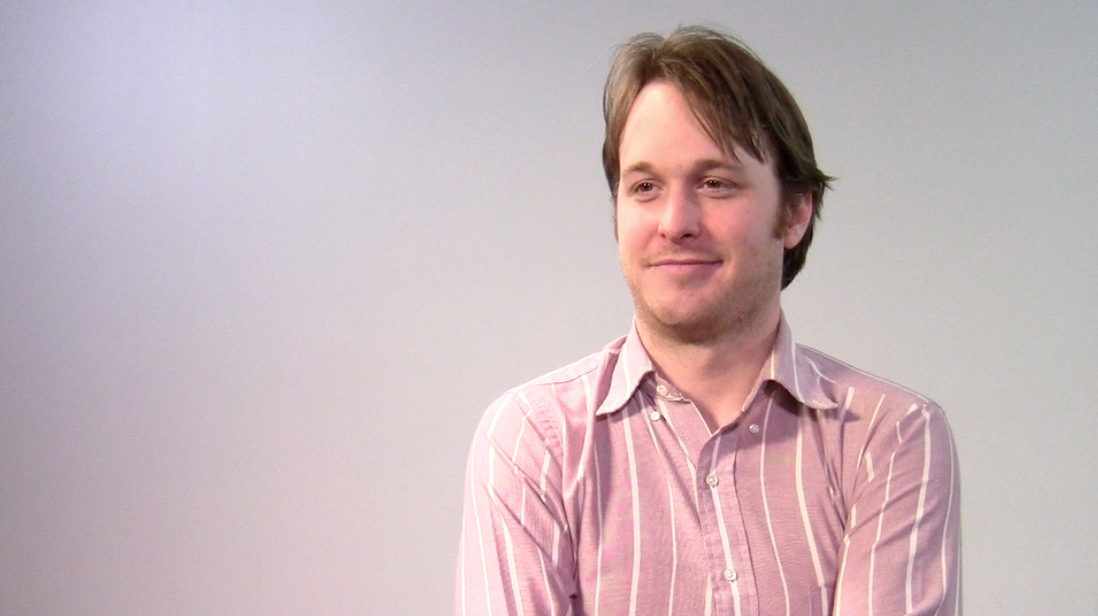
Bingo! A conversational stance.
Head Room
When a person is the main subject of a shot, make sure that there is a small amount of space above their head. You don’t want too much space, but you don’t want to cut off their head either.

Not bad, but a bit of wasted space above.
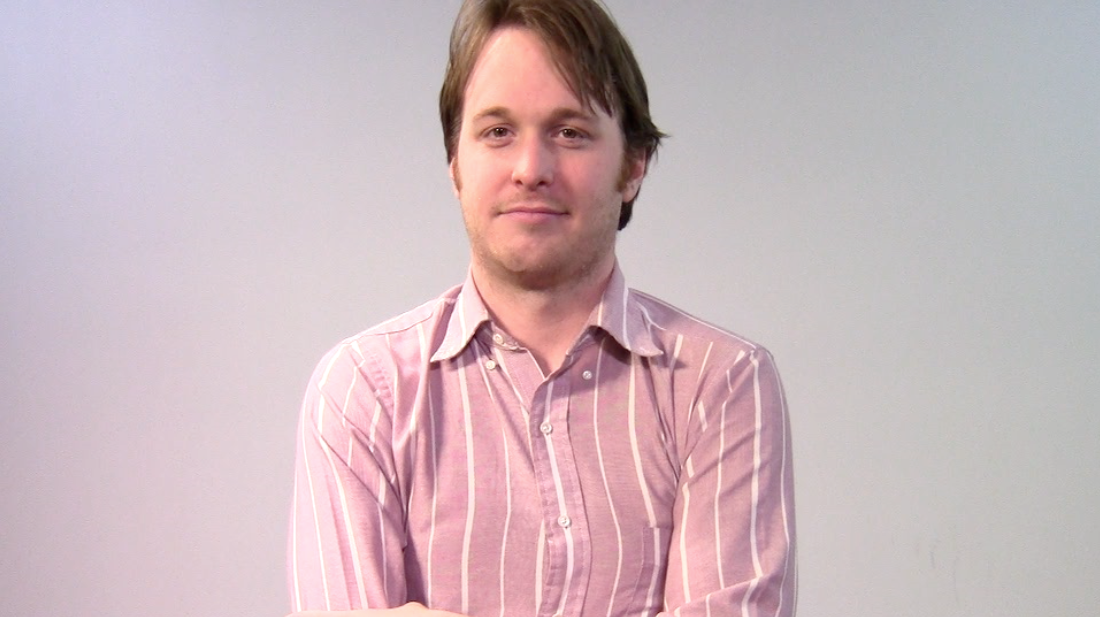
Remember: It’s not nice to scalp your subjects.
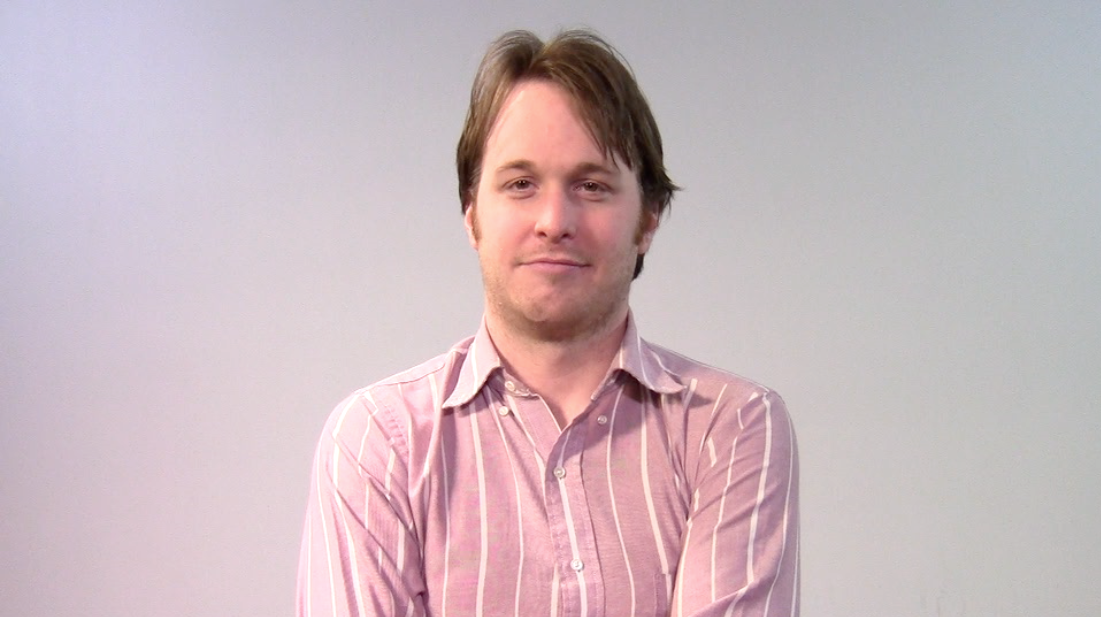
Perfect – just the right amount of room up top.
Editing
Video Transitions
The most commonly used transitions are fade to black and/or cross dissolve. Most of the other transitions can be more distracting than useful. Stick with fades unless you have a really good reason to use the others.
The difference between a nature documentary…
…and a nightmare starring ducks and a turtle.
Hold Shots
Make sure to hold shots long enough that they will look good once edited. For still shots, hold for 5-10 seconds. For moving (panning or tilting) shots hold for 5 seconds before and after the move. This is important for using transitions which cut into the length of your clips.
Wait up, sign…come back!
Yes, I’ve heard they’re insatiable.
Using Cutaways + B-Roll
B-roll is the term for video footage that establishes the scene, shows detail or just makes the video more interesting. One example of B-roll use is for an interview. You can show what your subject is talking about instead of just showing them talking on camera the whole time. These clips can also be used to cover any jump cuts.
Okay, that’s interesting to hear, I suppose…
…but this one actually shows me what she loves!
Using Text
Make sure text is on screen long enough to be read by the viewer. Rule of thumb is that its on screen long enough for you to read it twice when played back in real time.
You can’t be serious: I’m trying to listen, look and read!
*phew* Much better. Thanks!
In General, You Should…
Keep It Simple + Remember Your Message
Keep in mind that the narrative is most important in your video. Creativity is important but don’t take on more than you can handle. Simple shots can be just as effective as complicated ones, if not more so. The story is key: don’t let a complex video shoot get in the way of telling it.
Plan Shots + Manage Your Time
Knowing what you plan to shoot before you start shooting will save you time once in the field. Planning ahead will also allow you to visualize the project and story as a whole so that the actual shooting doesn’t trip you up. Storyboarding, outlining or completely writing a voice over script are effective ways of preparing yourself and ensuring you don’t miss anything.
Advanced Video Shooting
Focus
If using a camera with manual settings make sure you know how to adjust the camera’s focus. If your video comes out blurry it is generally not usable. The best way to focus is to set your camera up where you want it, zoom in as far as possible and adjust the focus. You can then zoom back out to the shot you want.
White Balance
White balancing tells the camera what “white” is for different kinds of lighting so that it doesn’t look discolored. If possible, use the manual white balance setting on the camera.

Wilting plants on campus? Impossible!

That looks a bit more like reality, doesn’t it?
Lighting
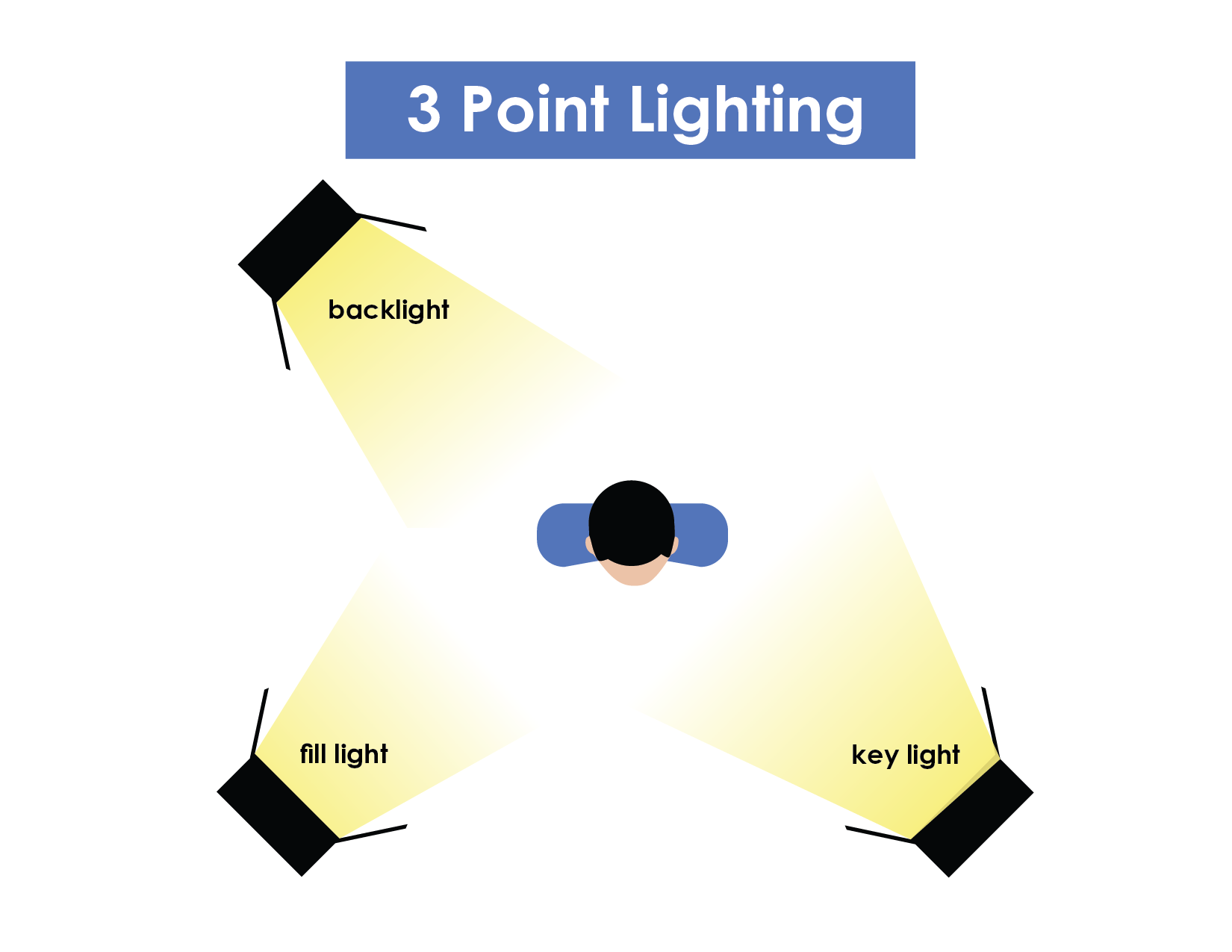
Using a light kit will help make your video look better when shooting interviews or similar footage. Standard lighting set-up is 3-point lighting, using 3 lights. Whenever possible, place the lights at 45º angles above the subject.
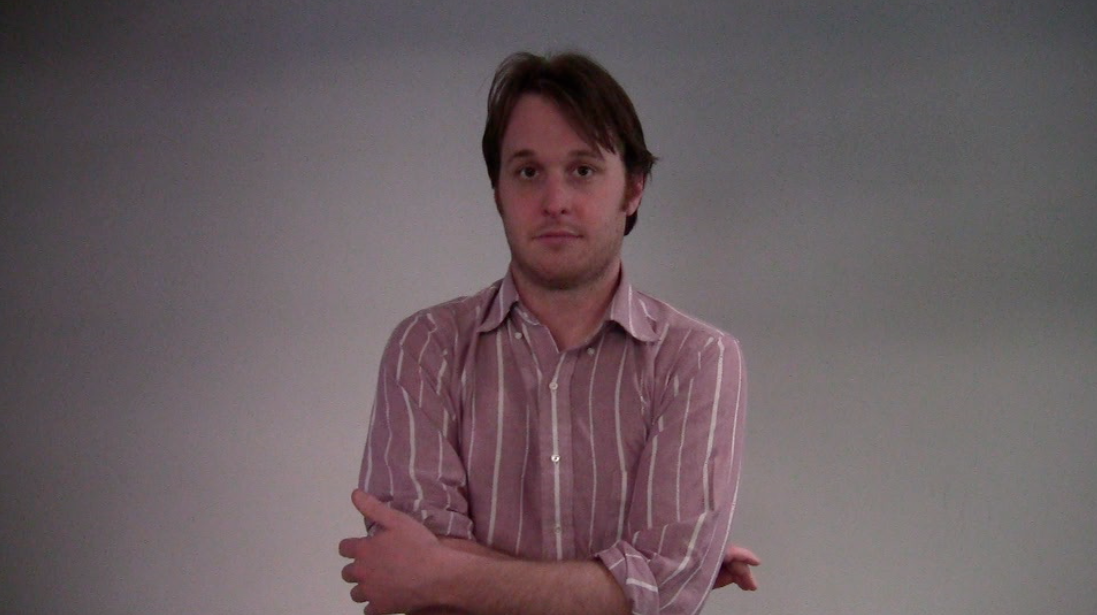
Don’t leave your subjects in the dark…
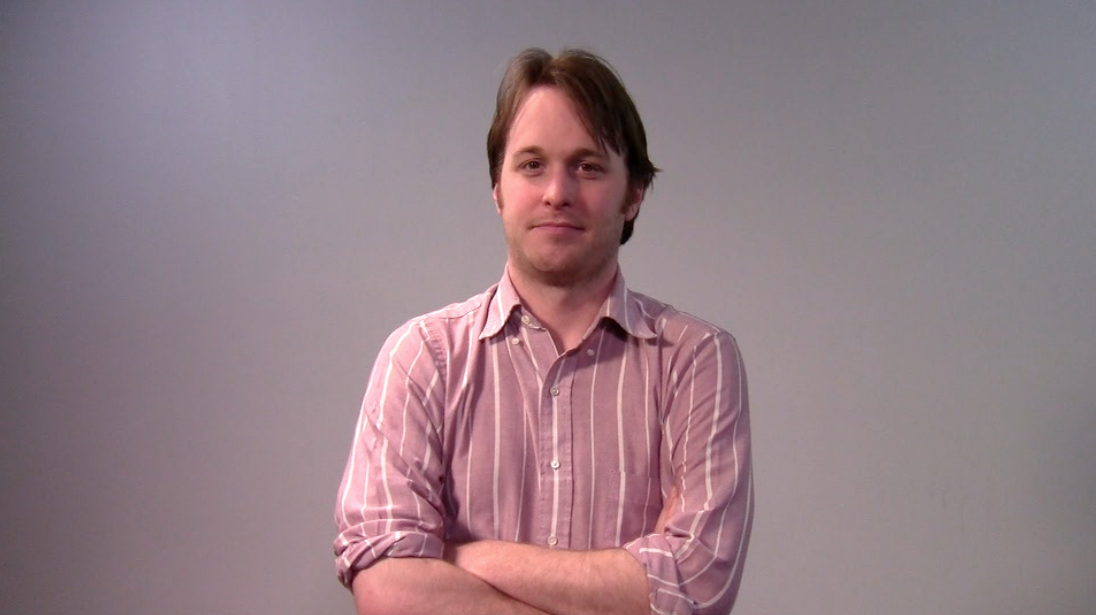
…light them evenly with three point lighting!
High Contrast + Low Light
Keep lighting in mind when choosing shooting locations. Having bright light behind a subject will be distracting and will discolor or “backlight” what you aim to shoot. A camera with auto exposure will compensate for the bright backlight and will leave your subject in the dark.
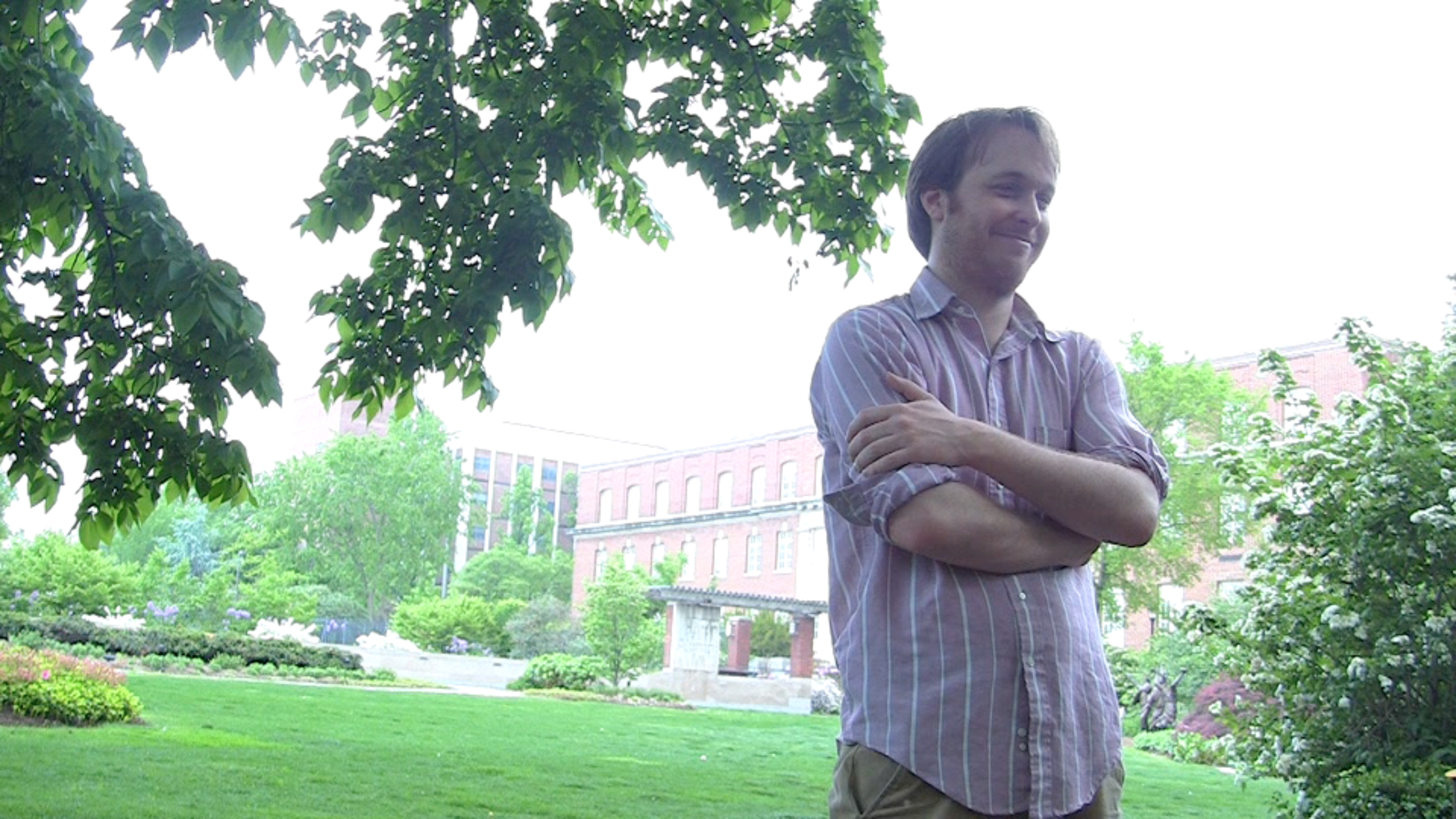
Smoke on the water, fire in the sky?
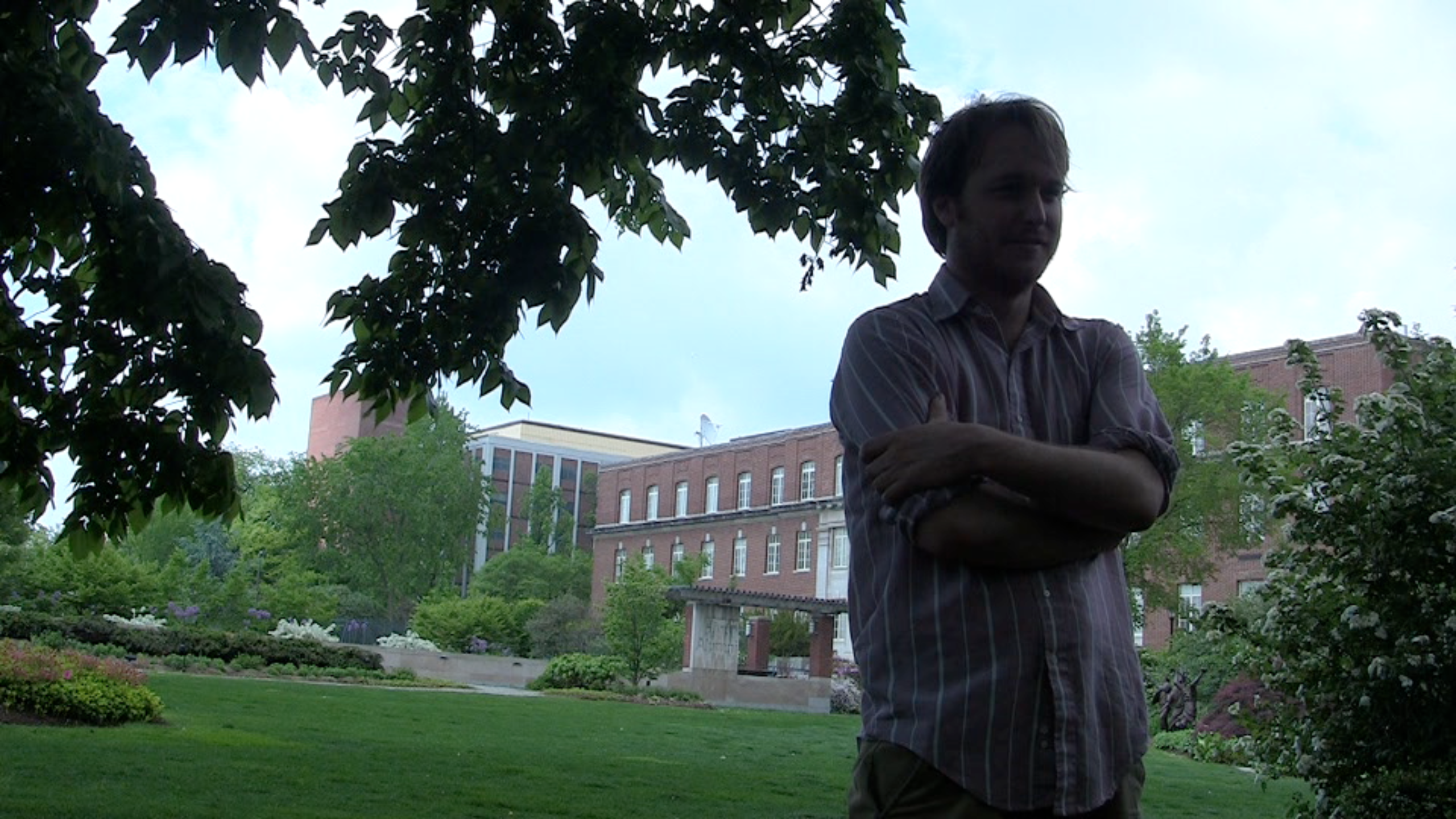
An innocent subject becomes a whistle-blower.
